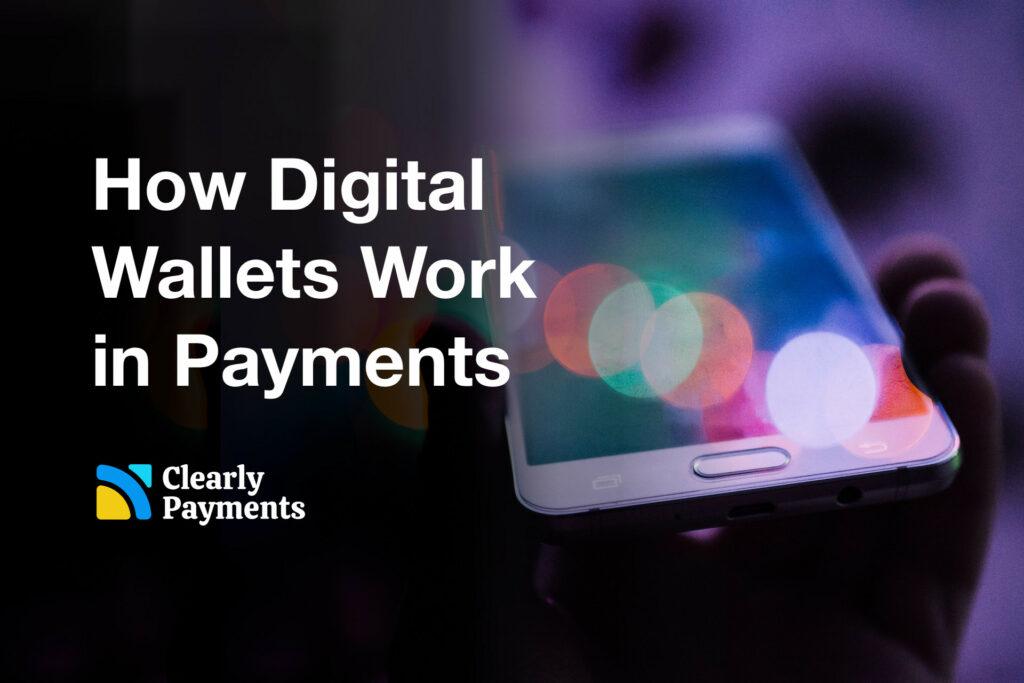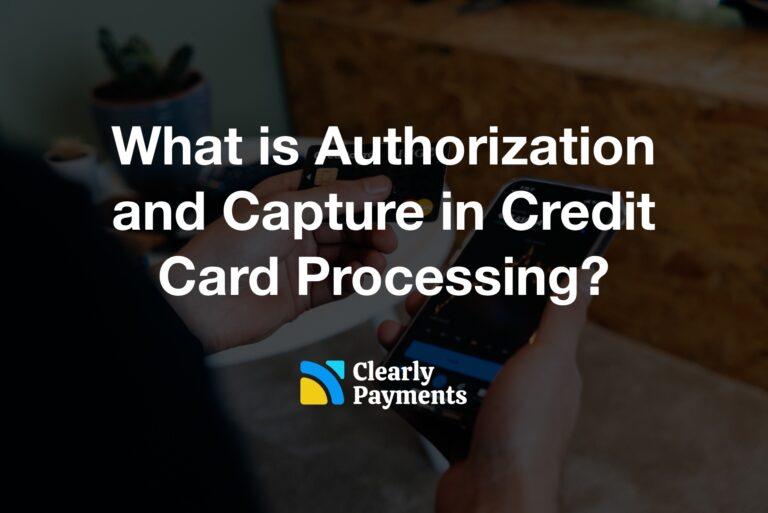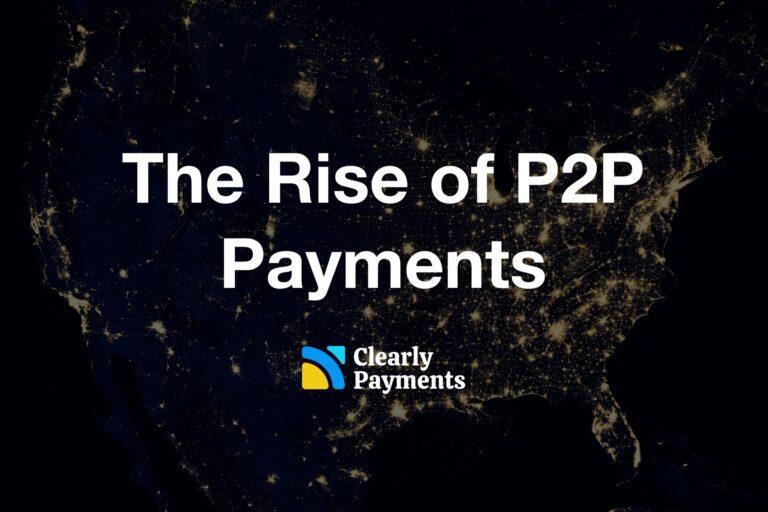Digital wallets have become increasingly popular as a way to store and use money. Digital wallets, also known as e-wallets, allow users to make payments, transfer money, and store payment information securely using a mobile device or computer. In this article, we will explore the benefits and drawbacks of digital wallets and examine some of the most popular options on the market.
Benefits of digital wallets
One of the primary benefits of digital wallets is their convenience. Instead of carrying around multiple cards or cash, users can simply store their payment information in one place and use their mobile device to make payments. This can be especially useful for people who frequently make online purchases, as digital wallets can speed up the checkout process and eliminate the need to enter payment information for each transaction.
According to Juniper Research, the total number of digital wallet users will exceed 5.2 billion globally in 2026, up from 3.4 billion in 2022, a strong growth of over 53%.
Another benefit of digital wallets is their security. Many digital wallets use encryption and other security measures to protect users’ payment information, making them a safer option than carrying cash or using traditional payment methods. Additionally, many digital wallets offer additional security features such as two-factor authentication, which can further reduce the risk of fraud.
Digital wallets can also offer rewards and incentives for using them. Many digital wallets partner with retailers to offer cashback or discounts when users make purchases with the wallet. This can be a great way to save money on everyday purchases and earn rewards for using the wallet.
How digital wallets work
Digital wallets in payment processing work by providing an intermediary between the buyer and the seller, allowing for a secure and convenient way to complete transactions.
When a user makes a payment using a digital wallet, the transaction is initiated by the user’s wallet, which sends a request to the payment processor or merchant to authorize the transaction. The payment processor or merchant then sends a request to the user’s wallet to confirm the transaction.
The digital wallet then uses a tokenization process to securely store the user’s payment information, such as credit card details or bank account information, in an encrypted form. The user’s actual payment information is not transmitted during the transaction, which helps to protect against fraud and identity theft.
Once the transaction is authorized, the funds are transferred from the user’s wallet to the merchant’s account. The merchant then receives the payment and fulfills the order.
Digital wallets can also offer additional features such as loyalty programs, discounts, and rewards, which can incentivize users to use the digital wallet for their transactions.
Overall, digital wallets offer a fast, secure, and convenient way to complete transactions, while providing additional benefits to users and merchants alike.
Drawbacks and concerns of digital wallets
While digital wallets offer many benefits, there are also some drawbacks to consider. One of the primary drawbacks is that not all retailers accept digital wallets. While the number of retailers accepting digital wallets is growing, there are still many who do not. This can make it difficult for users to rely solely on a digital wallet for all of their purchases.
Another potential drawback of digital wallets is that they are vulnerable to cyber attacks. While digital wallets use encryption and other security measures to protect users’ payment information, they are not immune to hacking attempts. If a hacker is able to gain access to a user’s digital wallet, they could potentially steal their payment information and use it to make unauthorized purchases.
Finally, some users may find it difficult to navigate the various options and features available in digital wallets. While many digital wallets offer a simple and user-friendly interface, others can be more complex and confusing. Users may need to take the time to learn how to use their chosen digital wallet effectively, which can be a barrier for some.
Popular digital wallets in the market
Here are some of the most popular digital wallets along with a brief explanation of what they are:
PayPal: PayPal is one of the oldest and most widely used digital wallets, which enables users to send and receive money online. It also offers additional features like online shopping, invoicing, and a debit card.
Google Pay: Google Pay is a mobile payment app that allows users to make payments through their smartphones. It can be used to send and receive money, pay bills, and make online purchases.
Apple Pay: Apple Pay is a digital wallet that enables users to make payments using their iPhone, Apple Watch, or iPad. It uses Near Field Communication (NFC) technology to allow users to make contactless payments in stores.
Samsung Pay: Samsung Pay is another mobile payment app that enables users to make payments using their Samsung smartphone. It uses Magnetic Secure Transmission (MST) technology, which allows users to make payments at traditional magnetic stripe terminals.
Venmo: Venmo is a mobile payment app that allows users to send and receive money from friends and family. It also offers social features that allow users to share their transactions with others.
Alipay: Alipay is a digital wallet that is popular in China. It allows users to make payments, transfer money, and pay bills.
WeChat Pay: WeChat Pay is another digital wallet that is popular in China. It is integrated with the WeChat messaging app and allows users to make payments, transfer money, and pay bills.
How to accept payments with digital wallets
Merchants can easily accept payments through digital wallets by integrating the necessary payment processing methods and technologies. If you use a payment processor like TRC-Parus, you’re almost certainly ready to go to accept digital wallet payments. Here’s a general outline of how merchants can start accepting payments with digital wallets:
Update Point-of-Sale (POS) Systems: If you have a physical store, ensure your point-of-sale systems are updated and equipped with the required technology to accept digital wallet payments, similar to the systems that TRC-Parus offers. This may involve adding near-field communication (NFC) capabilities to your terminals.
eCommerce Integration: If you operate an online store, integrate the necessary payment gateways that support digital wallets. Many e-commerce platforms offer plugins or APIs to easily enable these payment options.
Mobile Payment Integration: For brick-and-mortar stores, make sure your payment terminals support contactless payments. Train your staff on how to guide customers through the payment process using digital wallets.
By integrating digital wallet payment options, merchants can offer a more convenient and seamless checkout experience for customers, potentially attracting more sales and loyal clientele.
The future of digital wallets in payments
The future of digital wallets in the realm of payments is poised for significant transformation, promising a dynamic landscape characterized by seamless integration, enhanced security, and diverse functionalities. These wallets are on track to become an integral part of our daily routines, transcending traditional boundaries to encompass various facets of modern living. From shopping and travel to entertainment and beyond, digital wallets are primed to redefine convenience by streamlining transactions and offering a unified platform for diverse financial interactions.
One of the key trends that is likely to shape the future of digital wallets is the drive toward frictionless cross-border payments. As globalization continues to intertwine economies, digital wallets could emerge as a solution for simplifying international transactions, eliminating complexities related to currency conversion and reducing processing times. This shift has the potential to not only benefit individuals and businesses engaged in cross-border activities but also contribute to the growth of the global economy as a whole.
Security remains paramount in the digital era, and digital wallets are expected to respond with innovative measures. Biometric authentication, including features like fingerprint and facial recognition, is likely to play a pivotal role in bolstering security while streamlining the authentication process. As a result, users can expect a more secure and user-friendly experience, minimizing the reliance on traditional passwords. Moreover, the concept of tokenization is expected to advance, enabling users to exercise greater control over their personal data and privacy. This technology may allow users to generate unique payment tokens for specific transactions, enhancing confidentiality and reducing the risk of data breaches.
Furthermore, the ongoing expansion of digital wallets to encompass a broader spectrum of assets is an emerging trend that holds significant potential. In addition to traditional currencies, digital wallets could seamlessly accommodate cryptocurrencies, digital assets, and even loyalty points. This diversification of assets within a single wallet empowers users to manage and spend various forms of value efficiently. Additionally, the integration of digital wallets with the Internet of Things (IoT) is poised to offer new dimensions of convenience. Users may soon be able to initiate transactions directly from their IoT-enabled devices, enabling seamless interactions with the digital payment ecosystem.
As the landscape evolves, the decentralization facilitated by blockchain technology could usher in a new era of digital wallet solutions. These solutions could offer enhanced security, transparency, and control over financial interactions, especially within the realm of cryptocurrency wallets. However, alongside technological advancements, regulatory frameworks and standardization efforts are expected to play a pivotal role in shaping the future of digital wallets. Government involvement may influence security standards, interoperability, and user protection measures, ensuring that digital wallets align with evolving legal and regulatory landscapes.




